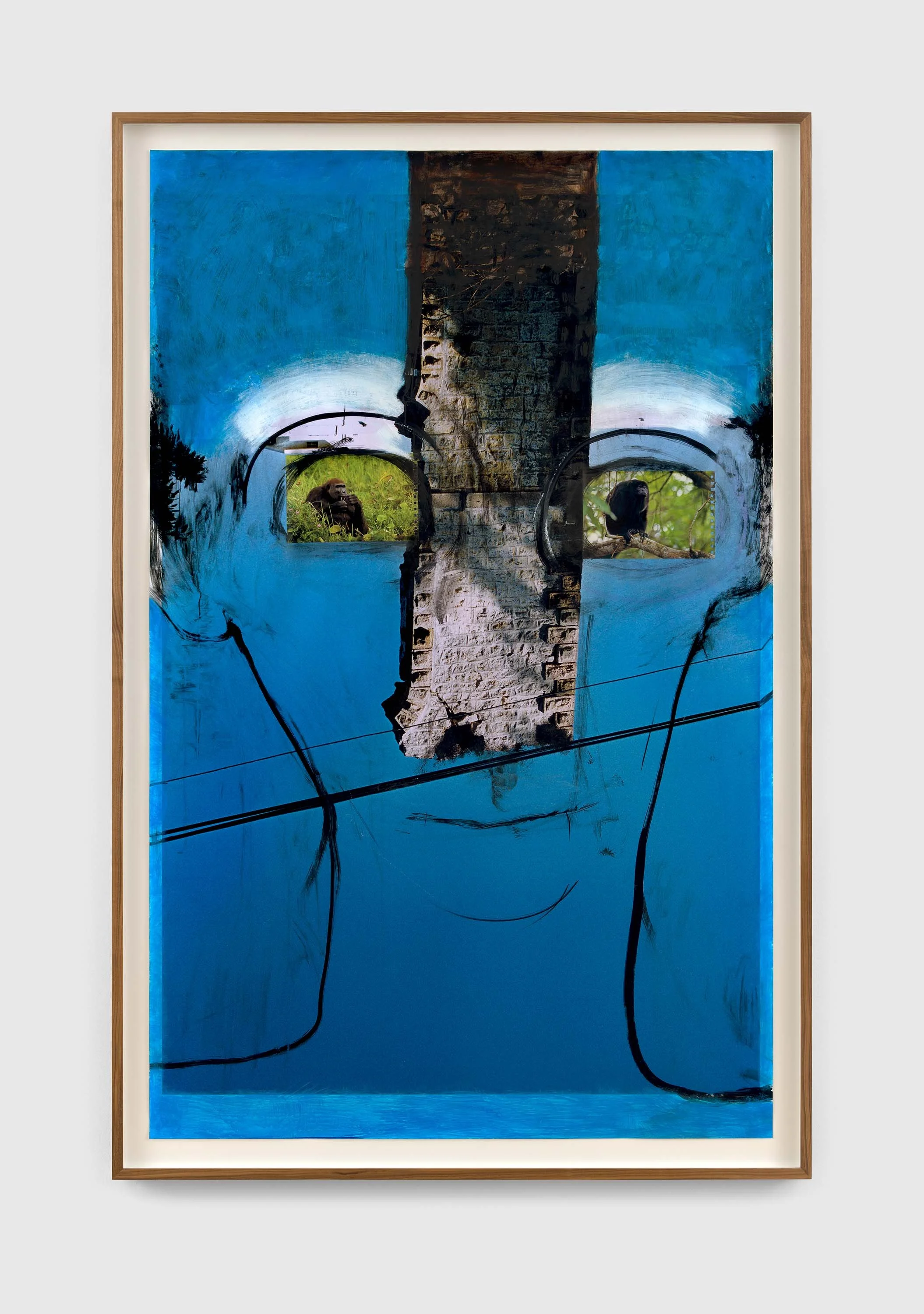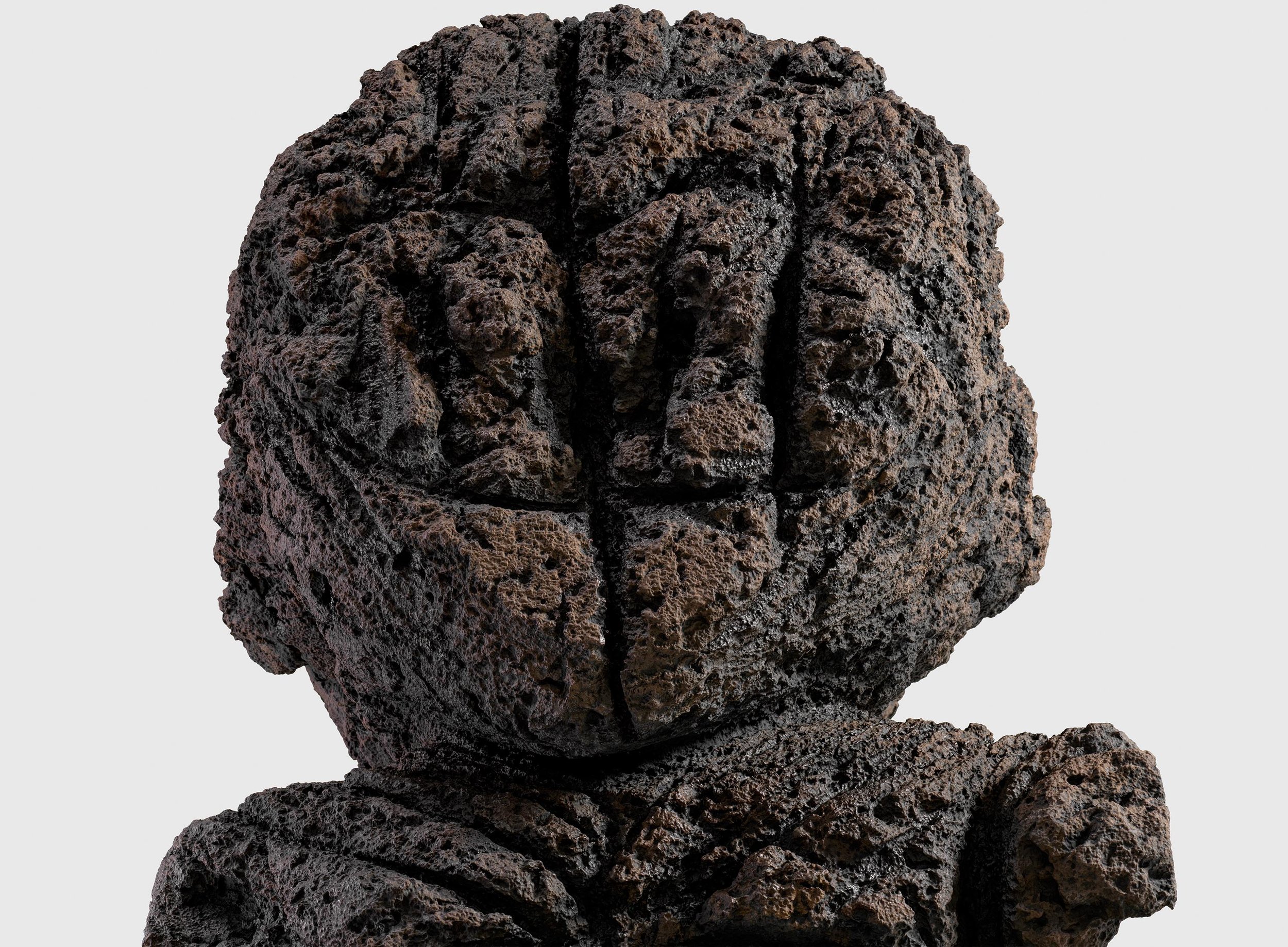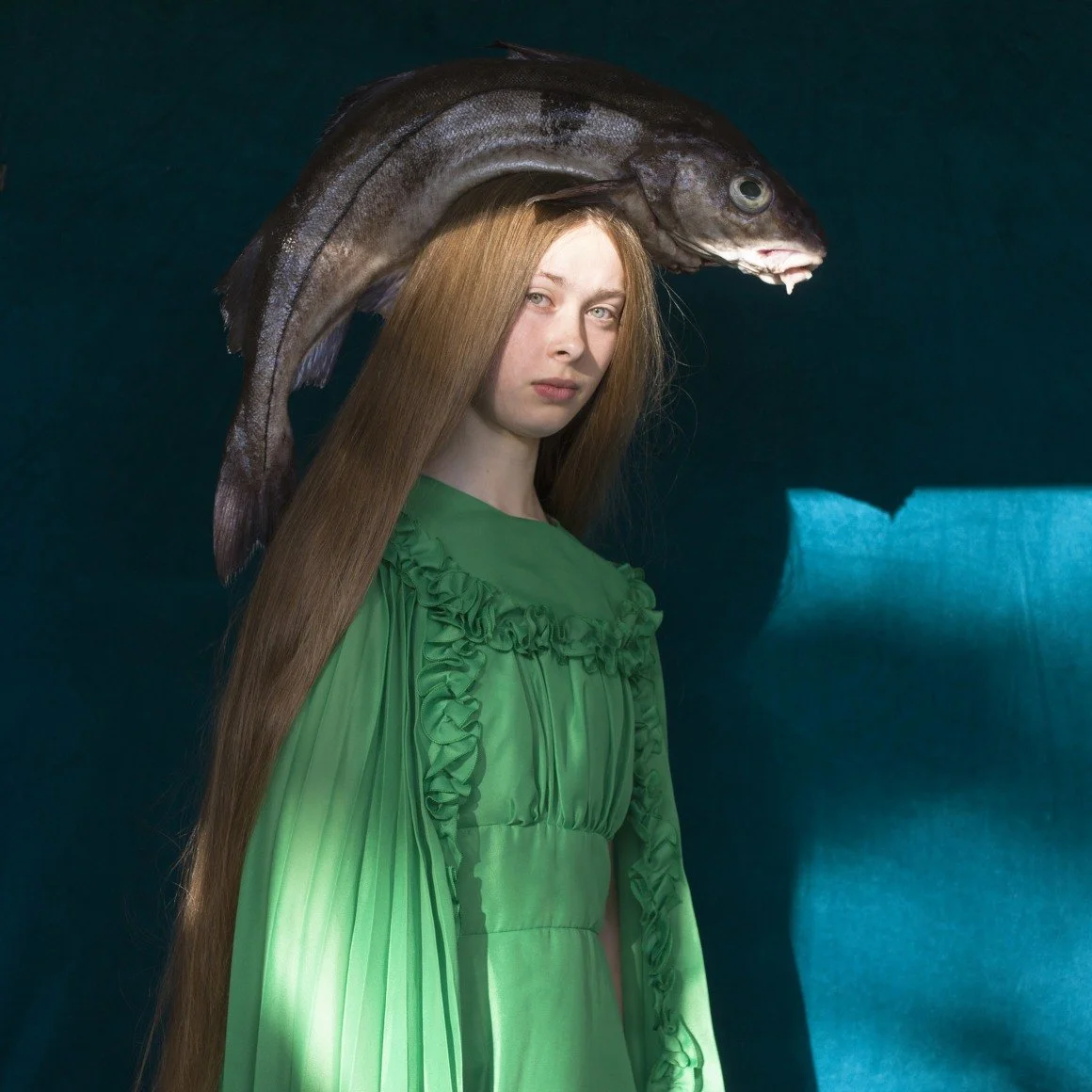Huma Bhabha
“Welcome…to the one who came”
New York, 537 West 20th Street and 34 East 69th Street
Bhabha creates layered and nuanced sculptures and drawings that center on a reinvention of the figure and its expressive possibilities. Her formally innovative practice pulls from a wide range of references, from those that span the history of art to quotidian influences such as science fiction and horror films and the makeshift structures and detritus of urban life. Instinctive and rigorous, her work brings diverse aesthetic, cultural, and psychological touchstones into contact with matters of surface, materiality, and formal construction.
Featured at West 20th Street are new sculptures, varying in size from small to monumental; on view at East 69th Street are new works on paper and smaller-scale sculptures. Together, the exhibitions highlight Bhabha’s ability to move between a wide range of media and forms, creating deeply resonant hybrid figures that seem to simultaneously dwell in the past, present, and future.
Huma Bhabha, Even Stones Have Eyes, 2023 (detail) © Huma Bhabha Courtesy the artist and David Zwirner
The exhibition in Chelsea comprises a grouping of figures in patinated and painted bronze or cast in iron. The works are sculpted from materials including styrofoam, cork, and clay, which the artist then carves, gouges, paints over, and otherwise marks up before casting. While distinct in appearance and size, all the sculptures in the exhibition seem to be connected by a kind of genetic thread, forming an emotional hive that resides in a shared landscape of destruction, displacement, and rebirth. A lone diminutive figure cast in bronze and painted from the neck down in styrofoam pink, What Should it Be (2024) stands like a ringmaster or liminal guide poised at the threshold of distinct physical or psychic terrains as it leads visitors into a charged zone, recalling the titular character from Andrei Tarkovsky’s science-fiction cinematic masterpiece Stalker (1979). Beyond lies a group of three cast-iron sculptures—Bhabha’s first foray into the medium—of disembodied heads and torsos laid out on concrete plinths, glowing fiery orange as they rust, as if caught in a radioactive wasteland or left for dead on the scorched surface of Mars. The cast-iron works will continue to oxidize and evolve in appearance, affirming the notion of time as a primordial sculptor’s tool—a concept that Bhabha has repeatedly returned to in her oeuvre.
Further inside are two upright figures, Maybe Nothing Maybe Everything (2024) and Nothing Falls (2024), both cast in bronze. The former presents a multiheaded creature whose arms are pressed to its chest in prayer or panic. The latter takes the form of a rectangular earthen body that surges upward from the ground—reminiscent of the unshakable monolith from Stanley Kubrick’s film 2001: A Space Odyssey (1968)—and pushes its bone-white skeletal head toward the open sky as if it is a holy relic or ritual sacrifice on a dais. As Bhabha evocatively describes, the work’s contrasting geometric and organic forms resemble “earth sculpted by wind and fire touching a cloud made of bone.”1
These two sculptures flank the largest figure in the show, Even Stones Have Eyes (2023), which stands more than twelve feet tall. With its shadowy Januslike faces that have been etched, scarred, and seemingly charred, this peg-legged behemoth exudes a thrilling stillness and horror as it towers over its companions like a watchful parent surrounded by its brood. At once monstrous, animal, alien, and deeply human, Bhabha’s totemic figures recall cycles of growth and decay, destruction and restoration, thereby challenging our understandings of permanence, monumentality, and personal and collective histories.







